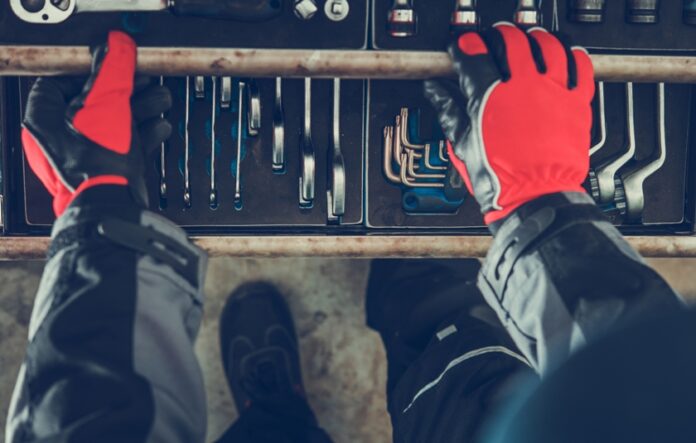Tuning “stages” – Introduced in the 1990s via video games
People have been tuning up cars since the introduction of motorsports and bootlegger moonshine runs, but the concept of tuning “stages” was not introduced until the 1990s with video games. Stage 1, Stage 2, Stage 3, etc. refer to a selection of performance parts available for your car, with each subsequent level building upon the previous stage with more parts and delivering more power.
These terms have since translated into the real automotive tuning world, but every tuner and car brand define the stage levels differently. Some refer to “Stage 3” as a fully built motor, some call “Stage 4” a stock block with a big turbo. Regardless of what parts are included and how much power can be expected with these varying levels, “Stage 0” has a universally agreed upon definition.
Stage 0 refers to refreshing a car to a better-than-new operating condition, generally in preparation for adding performance parts.
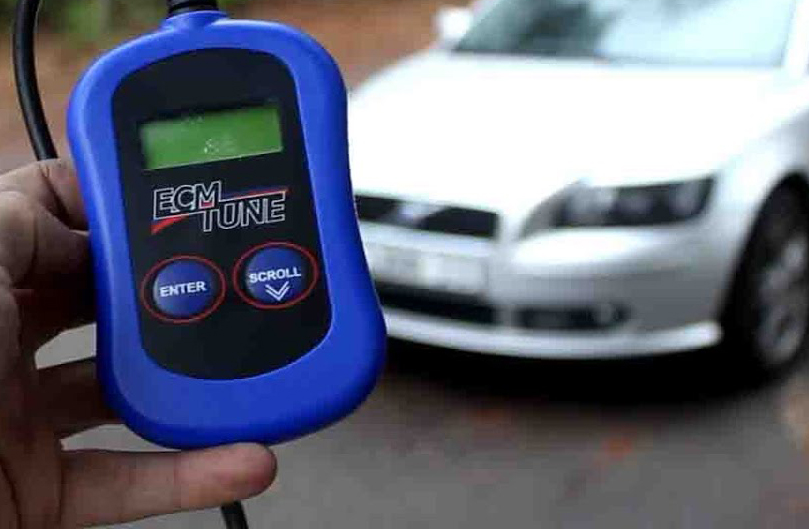
When is Stage 0 actually necessary?
Whether you plan on turning up the boost or simply desire to keep a high mileage car on the road, getting the vehicle into tip-top mechanical condition is the first step for a reliable build; you would not want to install performance cams or a turbocharger on an engine with weak seals and cracking hoses. Stage 0 is more than just bringing a car back to its original condition. Even a brand new car may not be a suitable candidate for increasing performance without first addressing areas of weakness.
What are the costs of Stage 0?
The costs associated with a stage 0 tune up can vary greatly depending on the make and model of your car, the current mileage, and the maintenance history. Whether you spend a few hundred dollars or a few thousand dollars, consider these costs to be a maintenance expense and an investment into the reliability of your vehicle. Any car that is over 100 thousand miles should undergo a stage 0 tune up as part of routine maintenance.
What does Stage 0 consist of?
The following are my suggested items for Stage 0 and the order in which I would address them. Different automotive groups may recommend different parts or priorities. Always consult with the forums and experts for guidance.
Stopping fast is more important than driving fast:
Never increase power without first upgrading your brakes. Even if your engine cuts out while driving, having good brakes can get you safely to the shoulder.
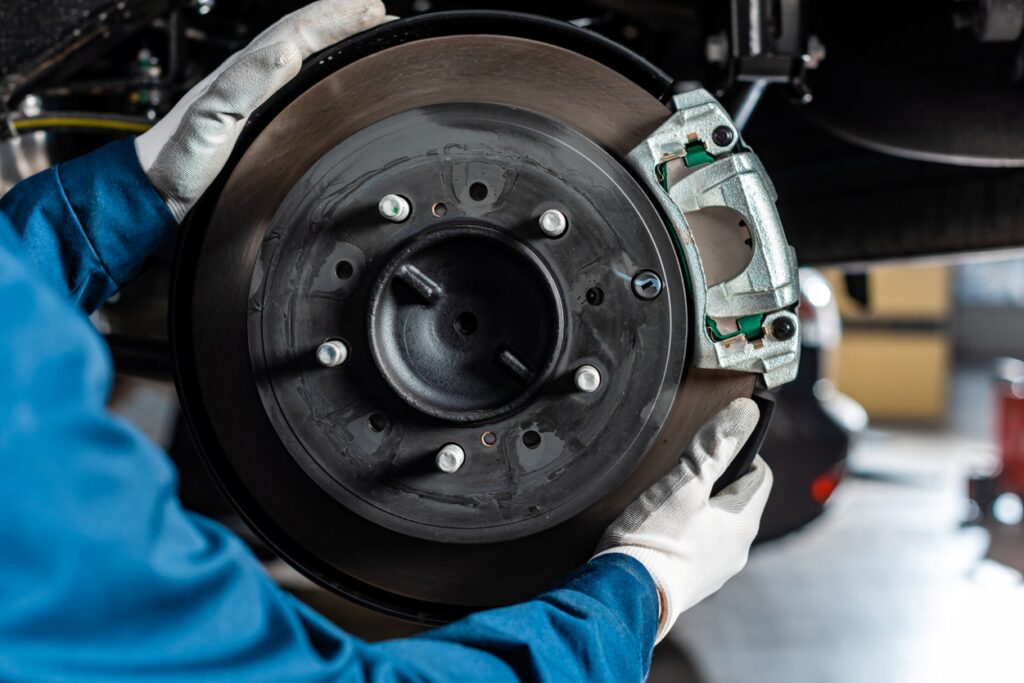
- Make sure your brake pad and rotor thickness remains within the manufacturer specifications. If either of these items are due for replacement, this is a great opportunity to upgrade to better parts or even install a big brake kit.
- Examine brake lines and joints for any cracks or signs of leaking. Whether you are building a new car for the track or refreshing an old car, I would suggest upgrading to braided stainless steel brake lines that are more resistant to swelling and will likely last the remaining life of your vehicle.
- Flush your brake fluid and check that all calipers are functioning properly. I encourage flushing the braking system every 30 thousand miles.
- Many manual transmission cars use the same brake fluid for the hydraulic clutch system, which should also be examined and have parts replaced and necessary.
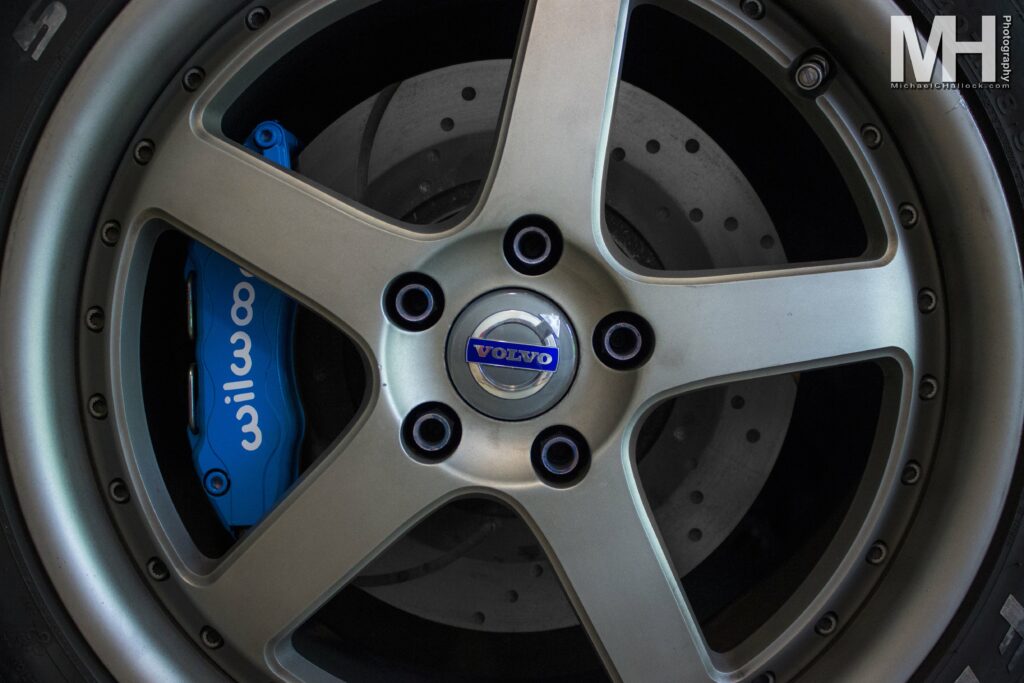
If fluids flow through it, then it may need to be replaced:
Coolant, engine oil, and transmission fluid are the lifeblood of a vehicle and all of these fluids should be routinely replaced at the manufacturer suggested mileage intervals. With each fluid change, examine any hoses or connections for cracks or signs of leaks. The most common points for failure:
- Water pump
- Radiator
- Heater core
- Coolant hoses
- Thermostat and thermostat housing
- Coolant reservoir / expansion tank
- Engine cam seals
- Positive crankcase ventilation system
- External fluid coolers
- Drain plugs
- Any feed or return lines for additional accessories
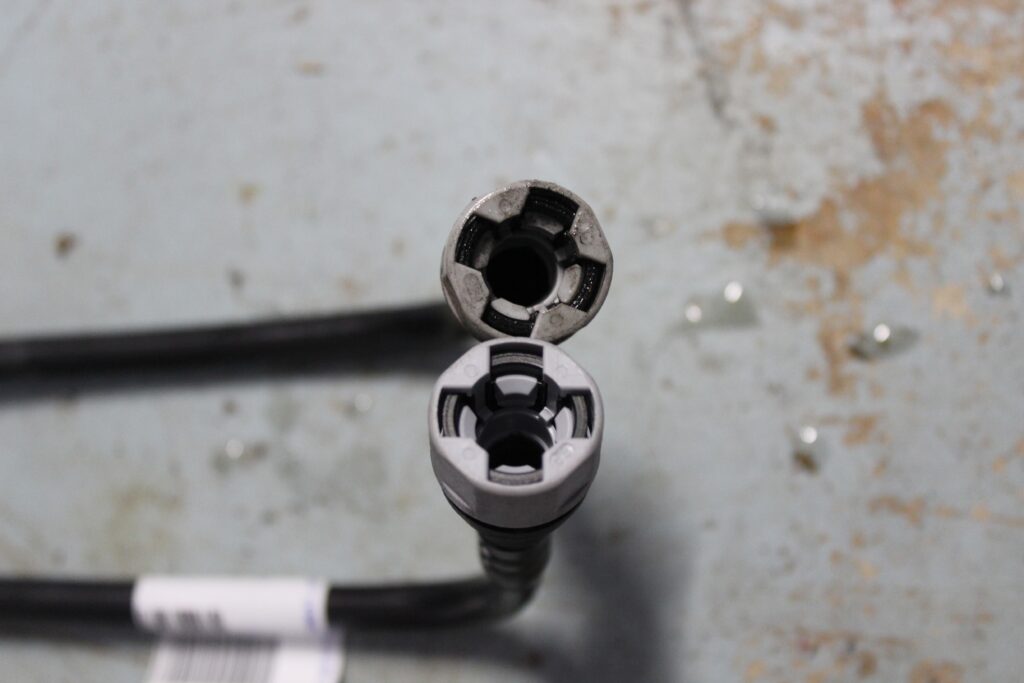
Often overlooked when considering engine health are the components responsible for fuel delivery. High mileage cars should have the full fuel system inspected and tested for efficiency.
- Fuel filters should be replaced routinely. Some vehicles may benefit from using cleaning additives in the gas tank.
- If your car has a fuel pressure sensor, consider cleaning or replacing the sensor regularly, as it is exposed to any contaminants in the gas.
- On a smooth running vehicle, injectors often do not warrant replacement until they have failed, but high mileage injectors should be cleaned or upgraded prior to increasing a vehicle’s performance.
Both age and mileage will gunk up sensors:
Some sensors can be cleaned, some sensors can only be replaced, and some sensors are so cheap that you might as well replace them as part of routine maintenance. The most vital sensors for a Stage 0 refresh are those that are responsible for monitoring and adjusting your air fuel ratio. Even if your car is running fine, a clean sensor can restore lost horsepower and improve fuel economy.
- Starting from the intake, the first item to clean is the mass air flow sensor. Only use a dedicated MAF spray to clean these types of sensors.
- On most cars, the next sensor before the combustion chamber is the manifold absolute pressure sensor. Forced induction cars may also have a separate boost pressure sensor. These can commonly become gunked up from oil blow by and are generally cheap to replace once they have failed.
- After the combustion chamber come the oxygen sensors, with the upstream sensors being the most important for adjusting your engine’s air fuel ratio. While O2 sensors do not need to be replaced until they have failed, a sporadic air fuel ratio may be due to a dirty sensor.
- Forced induction cars may also have a sensor or solenoid for controlling boost levels. These components are common to wear with age and there may be aftermarket replacements that are more suitable for your intended performance levels.
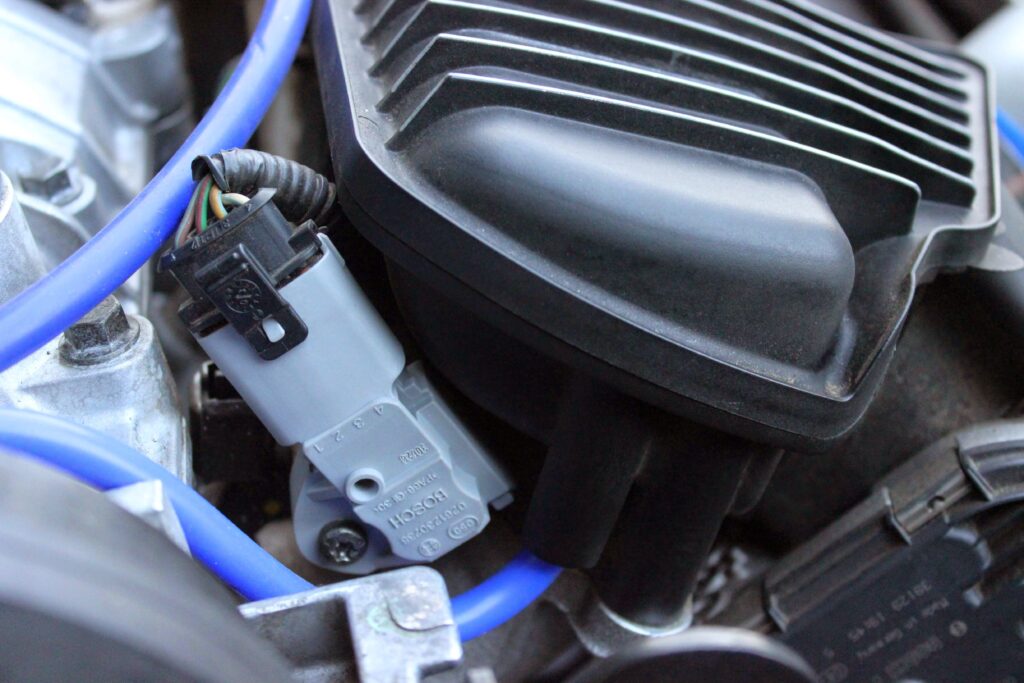
Do not neglect general maintenance in lieu of buying go-fast parts:
In a perfect world, general maintenance is completed at scheduled intervals. But with the majority of owners having purchased their vehicles second hand, major maintenance items may have been skipped or cheap-quality parts may have been used prior to the sale. Consult your vehicle’s service guide to see what items are due. The most common parts to inspect with Stage 0 include:
- Timing chain/belt and tensioners
- Accessory belts, tensioners, and pulleys.
- Cleaning the throttle body.
- Inspecting vacuum hoses.
- Inspecting the block for any leaks or bad seals.
- Replacing the spark plugs and coils. If you plan to install an aggressive tune on your car, it may be advisable to install step-colder spark plugs to prevent the risk of pre-detonation. Consult with the experts and your tuner when deciding which plugs are the best option for your application.
- Clean/replace your intake filter. Again, if you plan on increasing power significantly, you might need to consider a better flowing intake filter that matches the engine’s required CFM (cubic feet per minute).
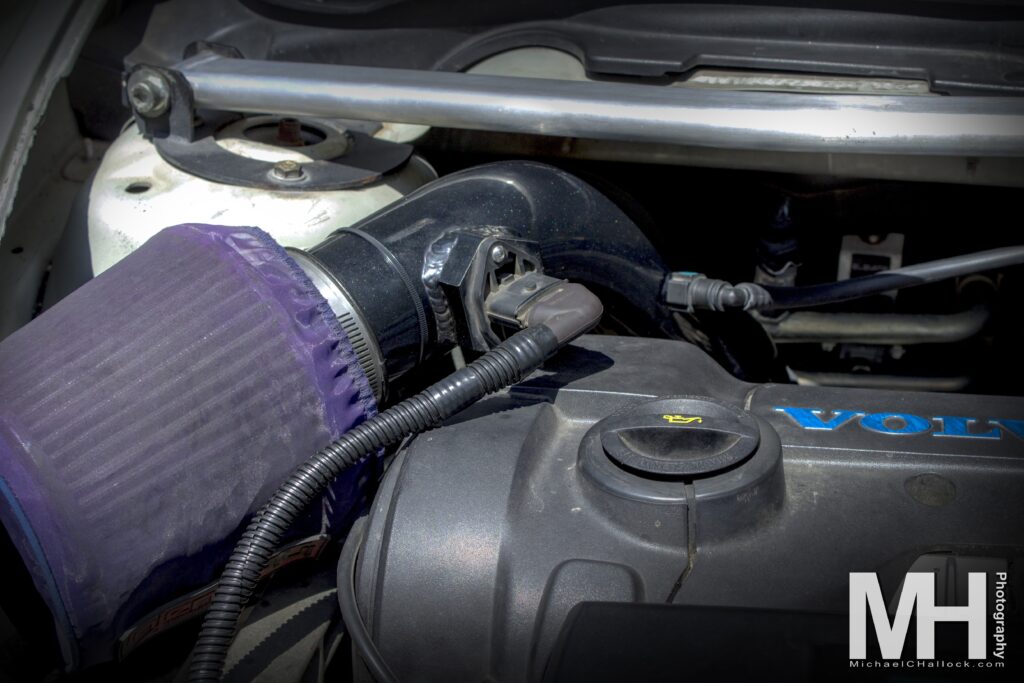
Putting power to the road:
Of course we can talk about a suspension refresh, making sure the driveshafts are in good condition, and the importance of quality tires. After all, a healthy engine is rendered useless if it cannot put the power to the road. However, there are crucially important items in an engine bay that often go overlooked when completing a Stage 0 tune-up. The engine and transmission mounts!
Whether you are refreshing an old car or adding power to a new car, improving the health and power output of an engine will equate to more generated torque, which in-turn applies more stress to the mounts. If your old mounts are not due for replacement yet, they may need to be replaced soon. This is another great opportunity for an upgrade.
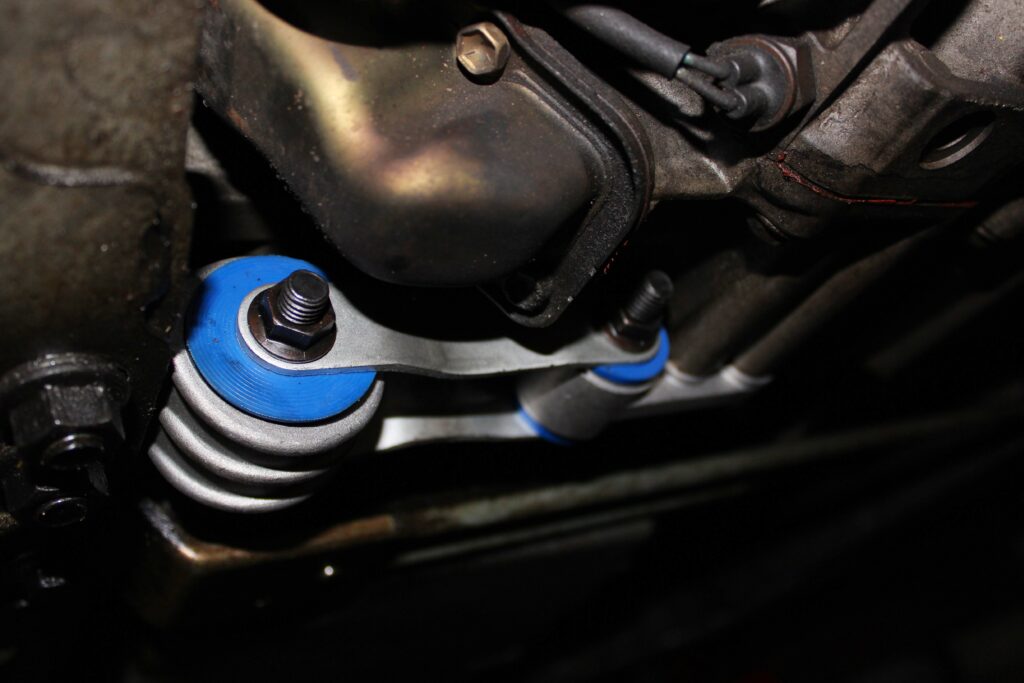
While that concludes the list of items I suggest inspecting, cleaning, and replacing when performing a Stage 0 service, I personally suggest installing gauges for continuous monitoring of crucial elements. Boost, vacuum, air fuel ratio, voltage, etc. Not only do these allow you to confirm the health of your engine prior to advanced stages of tuning, but these also allow you to monitor the improvements from the tune itself. Of course, no part of Stage 0 is actually mandatory prior to tuning your car, but starting with a solid foundation provides the best possible candidate for a healthy and reliable tuner.



